After halting all operations on public roads following a near-fatal crash last autumn, General Motors’ autonomous driving unit Cruise appears ready to put at least some of its robocab fleet back into use.
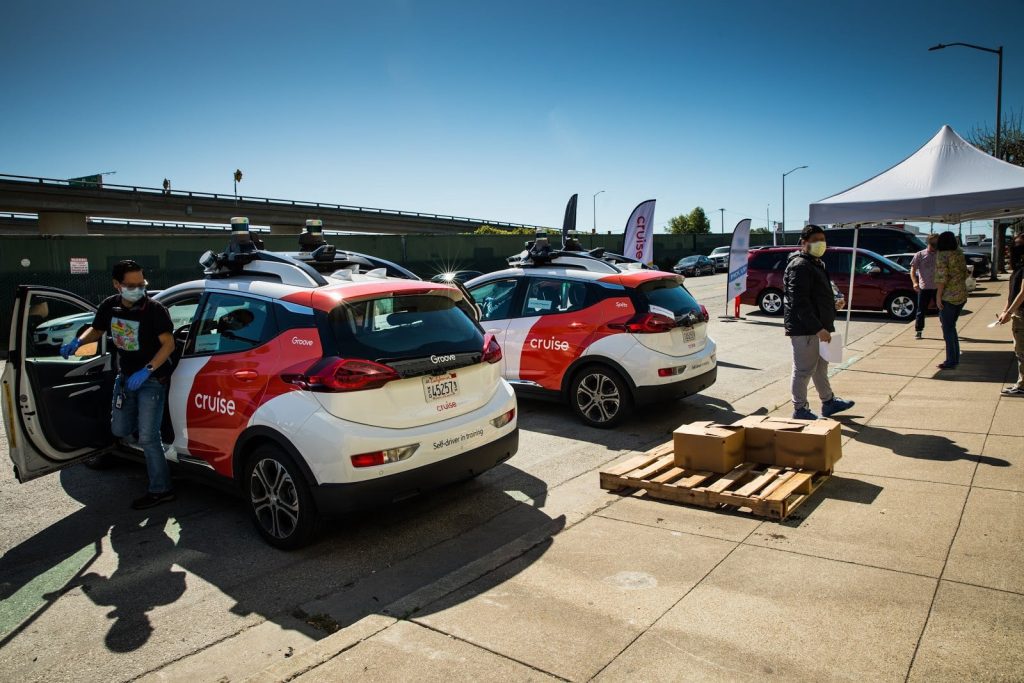
Cruis is preparing to relaunch robotaxi operations after safety incidents forced the company to suspend them/
As early as this week, Cruise could announce plans to resume limited operations of its robocabs, according to a report by Automotive News. It’s most likely to focus on the Phoenix market and, for the time being, will use “safety drivers” capable of overriding the vehicles’ onboard software in an emergency.
It’s unclear when Cruise might again field entirely driverless vehicles, such as the one that was involved in a crash in San Francisco last October. A pedestrian who had been struck by a hit-and-run driver landed in front of a Cruise robocab. While it briefly stopped, the vehicle started up again about 20 seconds later, dragging the pinned pedestrian underneath it as it steered towards the curb.
The crash – and Cruise’s initial failure to release full video of the incident — had a cascade effect. The automaker voluntarily halted operations around the country but then had its operating permit revoked by California regulators. Subsequently, Cruise ordered mass layoffs and saw the departure of CEO and co-founder Kyle Vogt and a number of other senior executives.
What’s next?
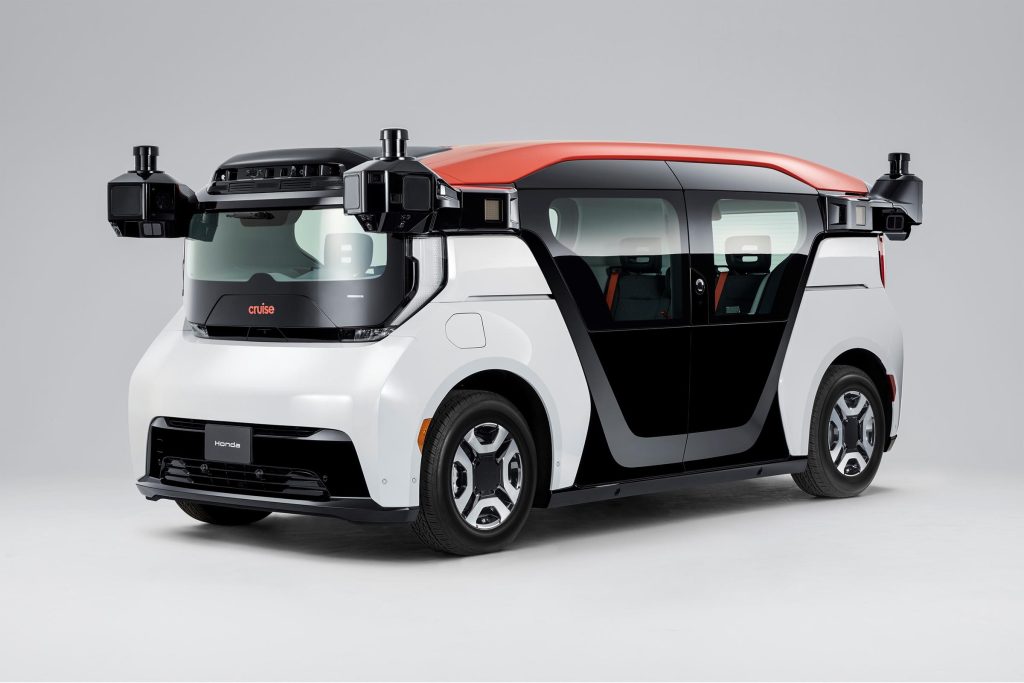
Cruise has made numerous changes to its operations since then including a renewed focus on safety and transparancy.
The crash in California triggered significant backlash, a number of government officials in San Francisco – Cruise’s headquarters city – to say they had warned of the dangers of allowing robocabs to operate on California roads.
While Cruise operations in the city – and other parts of the country – were quickly halted, robocab competitor Waymo has continued fielding its own fleet of vehicles. Cruise is hoping to resume operations and start catching up.
Automotive News cited “two people with knowledge of the matter” who told it Cruise could announce a resumption of operations “by as early as Tuesday.”
However, Cruise spokesman Pat Morrissey said in an e-mail that Cruise “had not set a timeline for deployment. We are in the process of meeting with officials in select markets to gather information, share updates and rebuild trust.”
More Autonomous Vehicle News
- Waymo Gets Approval for Big California Robocab Expansion
- Waymo, Uber Eats Team Up for Driverless Food Deliveries
- Cruise Scales Back, Delays Debut of Origin Robotaxi
Focus on Phoenix
Cruise is not expected to resume operations in San Francisco any time soon. Despite being based there it has built up significant opposition in the city, worsened by the October crash. And it would need to regain an operating permit from the same state regulators who criticized it last year for withholding a full disclosure of the details of the near-fatal crash.
As Morrissey indicated, the company is talking with officials in a number of locations where it previously was testing its robocab technology. It is expected to start back up in Phoenix.
The Arizona community has been one of the primary testing centers for not only Cruise but other robocab operators, such as Waymo. That Google spin-off earlier this month announced a deal with Uber Eats to use its robocabs to help deliver food purchases in some Phoenix suburbs.
(Uber dropped its own robocab program after one of its vehicles was involved in a fatal crash in Mesa, Arizona several years ago. It has indicated it will eventually purchase the technology from other sources, such as Waymo or Cruise.
Playing it safe
When Cruise does resume operations it is expected to start off using modified passenger vehicles such as the Chevrolet Bolt EV. These would allow it to place “safety drivers” behind the wheel, charged with retaking control in the event of an emergency.
For the foreseeable future, that means Cruise will continue to keep parked the small fleet of fully driverless Origin robocabs built for it by parent GM.
Those toaster-shaped EVs, known as Cruise Origin, do not have onboard vehicle controls, including pedals and steering wheel, and could not be used with a safety driver. Dozens of the new models have been parked at a holding lot in Detroit since last autumn.
The crash has resulted in a sharp downturn in the estimated value of Cruise, as well as the loss of significant talent, starting with former CEO Vogt. It did lead to the company hiring a chief safety officer for the first time.

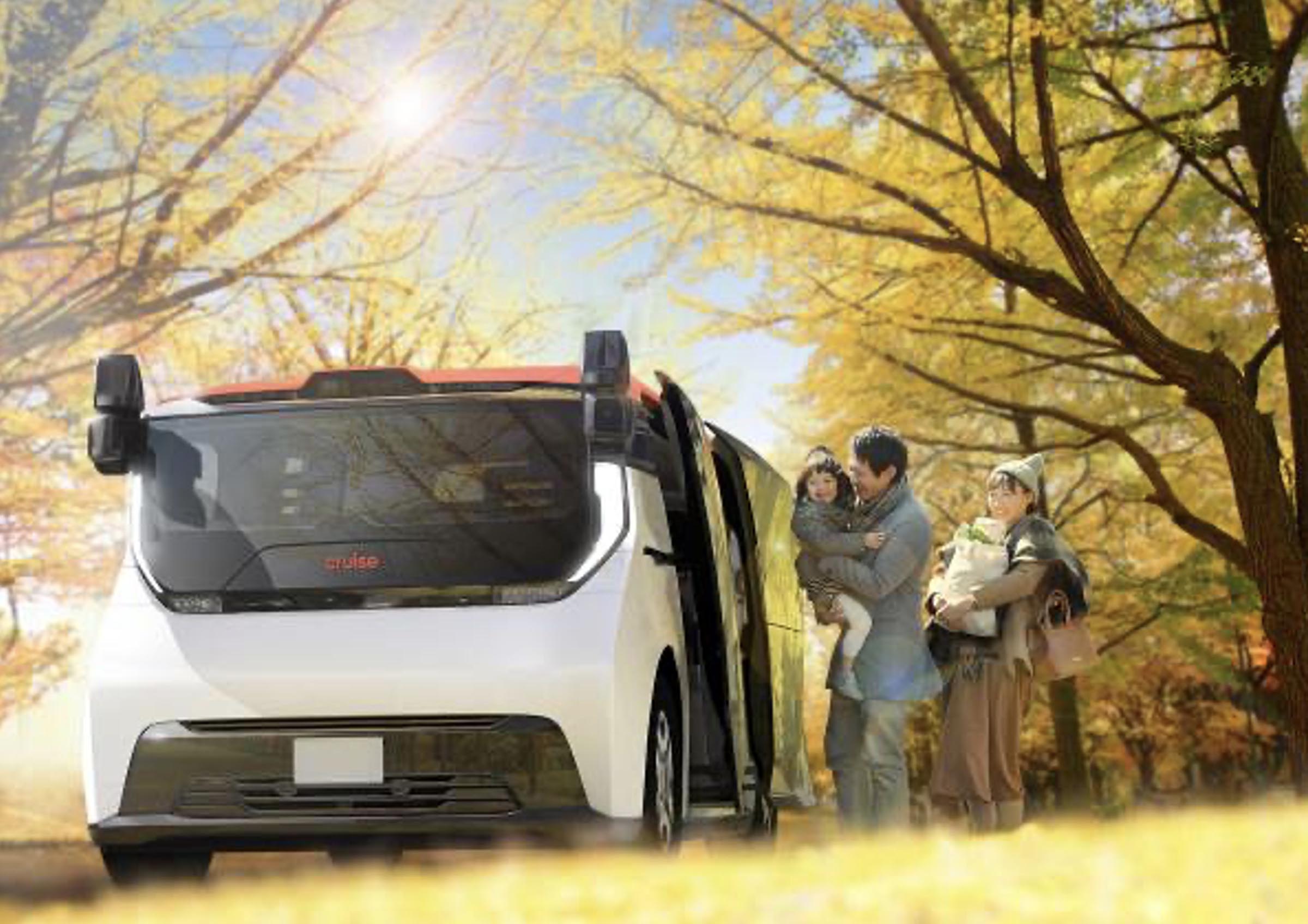

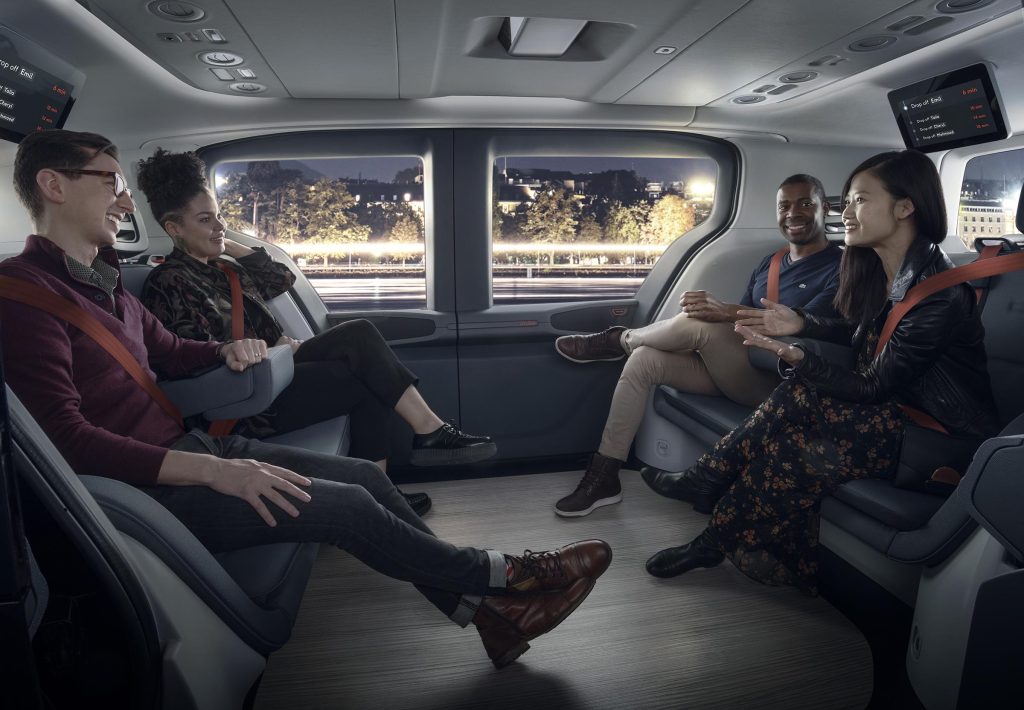




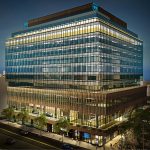
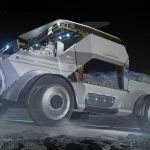
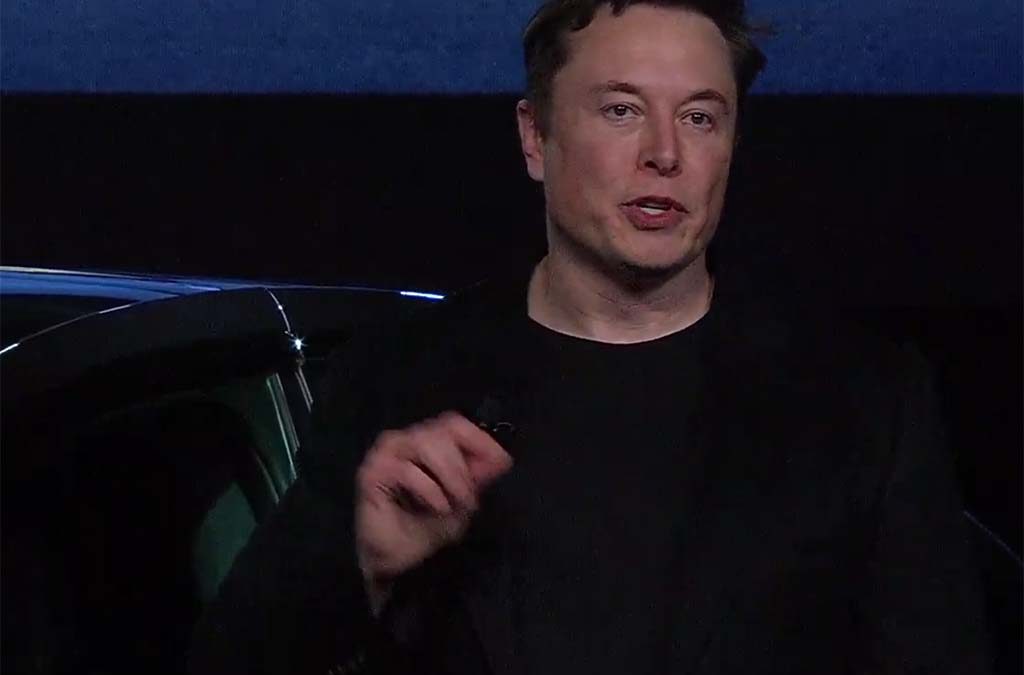

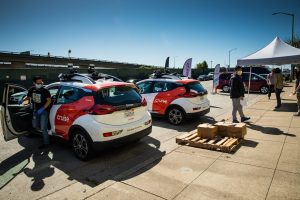
0 Comments